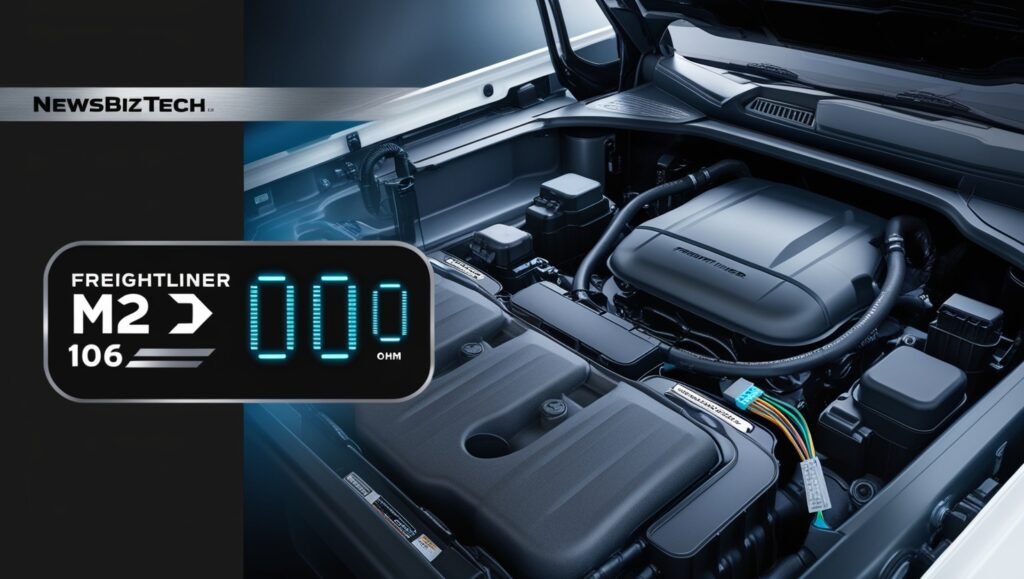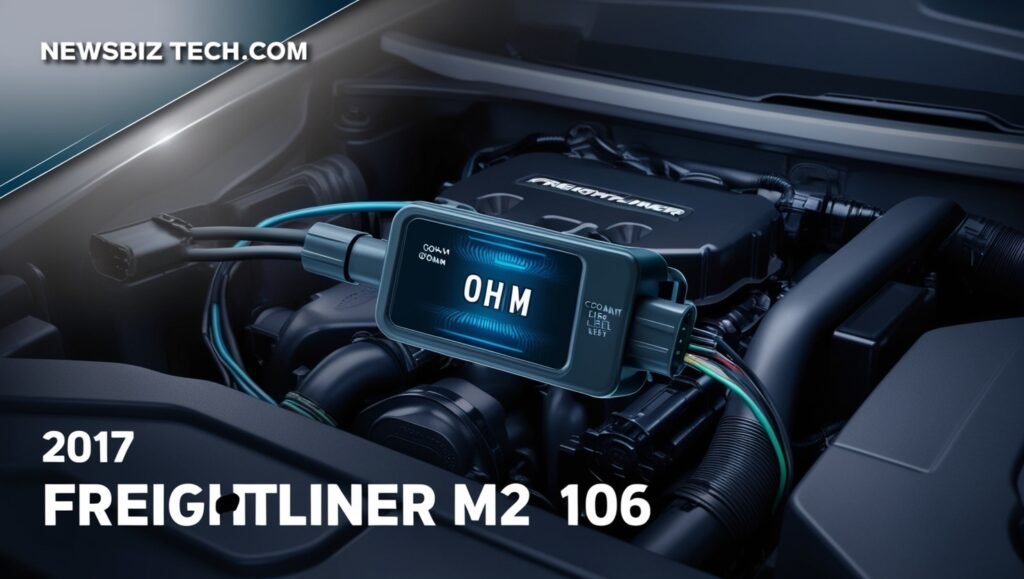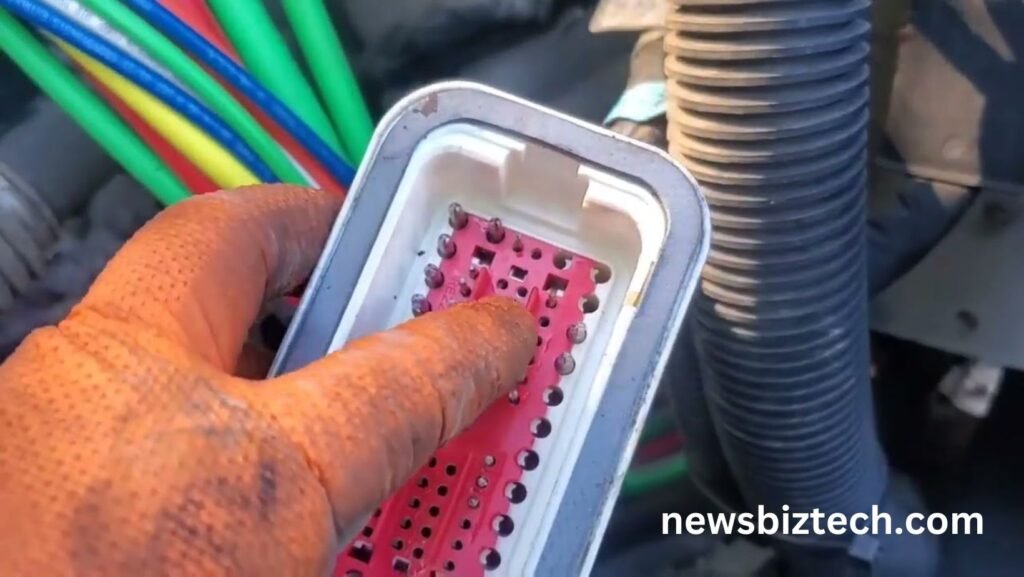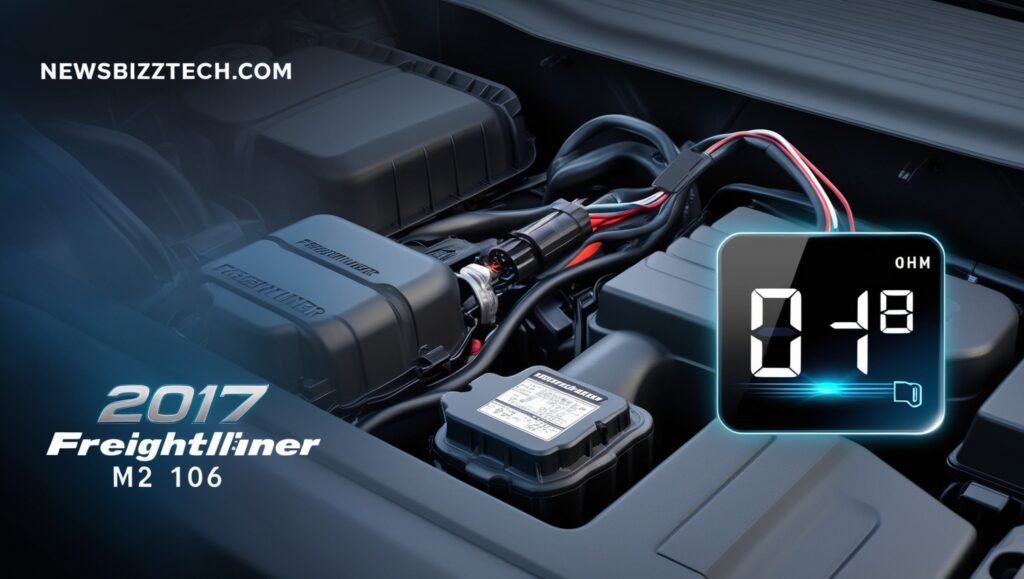Coolant level sensors are one of the key components of the Freightliner M2 106 of 2017 freightliner m2 106 coolant level sensor ohms tes and help in keeping track of the coolant levels within a vehicle. It is that device that will accurately measure the coolant level to avoid overheating of the engine due to coolant depletion among other causes. The coolant sensor must undergo an ohms test to diagnose potential faults. This guide will discuss in considerable detail how it works, checks, troubleshooting common problems, and when to replace the sensor.
Key Takeaways
- Coolant Sensor Resistance Range: A healthy sensor typically reads between 4,000 and 6,000 ohms at ambient temperature.
- Common Issues: Frequent false alerts and engine overheating can be traced back to sensor faults.
- Replacement Costs: The price of a new sensor ranges from $30 to $60 depending on the supplier.
- Essential Maintenance: Regular testing of the coolant sensor is crucial for optimal engine performance.
About the Coolant Level Sensor

What is a Coolant Level Sensor?
The coolant level sensor is an electronic gadget that senses the coolant level in the radiator or reservoir. It can receive signals that would indicate whether the coolant level has attained a normal condition or has dipped below a threshold level. This is very essential for the maintenance of the engine.
How It Works
The coolant level sensor works on the principle of variation in electrical resistance. It has a definite range of resistance when submerged in the coolant. Should the coolant drop, then its resistance varies and makes the ECU flash a light on the dash.
Also, Read More: 2017 freightliner m2 106 coolant level sensor ohms tes
| Function | Explanation |
|---|---|
| Detection | Identifies whether the coolant is present or absent |
| Ohms Signal Range | Provides resistance values to control units |
| Compatibility | Works with M2 series, Cascadia, and Columbia models |
Importance of the Coolant Level Sensor

Why Monitor Coolant Levels?
There are very valid reasons why coolant levels should be kept within.
- Prevent overheating: The right levels of the coolant maintain the appropriate temperature of the engine to avoid damage brought about by overheating.
- Perform better: A functioning coolant sensor ensures the correct running of the engine to achieve good fuel use.
- To have a longer life for the engine: Coolant leaks or failing sensors can be addressed in good time before they cause massive damage to the engine.
Common symptoms of a malfunctioning coolant level sensor
Detecting a bad coolant level sensor prevents devastating engine damage. Some signs include:
- Dashboard Warning Lights: It continues to flash even if the coolant level is at its proper value.
- Intermittent Indications: The lights stay on and then off sporadically.
- Physical Inspection: There is rust or corrosion seen on the sensor or connection wires of it.
How to Test the Ohms Reading of the Coolant Sensor
Tools Required
To test the correct ohm value, you would need the following:
- All you would need is a multimeter to obtain an electrical resistance value that is measured in a device.
- You will need a screwdriver to remove the coolant sensor.
- Gloves Safety Gloves: Protects your hands in the process.
Step-by-Step Ohms Test
- Engine Stopped Coolant: Flow Stop Engine and let the truck cool so you won’t get burned locating the Coolant Sensor. 2017 freightliner m2 106 coolant level sensor ohms tes.
- Normally coolant: sensor is found either near the coolant reservoir or radiator, carefully pull the electrical connector off of the coolant sensor
- Set the: Multimeter to Ohms Use the 20k ohms setting so you won’t damage the multimeter.
Measure Resistance
- Connect the multimeter probes to sensor terminals.
- Tighten such that it gives a precise reading.
Interpret Results:
- Normal Range: if the reading falls between 4,000-6,000 ohms then, it reads well
- Low Resistance: a reading of below 4,000 ohms could give the impression of having a short circuit or water contamination.
- High Resistance/Open Circuit: a reading above 6,000 might refer to damage to the sensor or wire
Coolant Level Sensor Resistance Values
| Temperature (°F) | Resistance (Ohms) |
|---|---|
| 32 | 6,500 |
| 77 | 4,500 |
| 120 | 3,000 |
| 212 | 1,800 |
Troubleshooting: Troubleshooting Common Problems

Steps for Identifying Sensor Faults
- Visual Inspection: There should be no corrosion or signs of physical damage on the sensor and its electric contact
- Contact Quality: A tight contact with no dust or sign of corrosion on the connector
- Ohms Check: Perform the resistance check using a multimeter as outlined above
General Issues
- Defective Signals: If you experience persistent warning signals, then your sensor may be faulty.
- Corrosion or Physical Damage: The old-age wear and tear of the parts may render you wrong readings.
- Electrical Issues: There are faulty or broken wires.
When to Replace the Coolant Level Sensor?
Warning Signs That Call for a Replacement
- Incorrect Readings: If it yields similar values of ohms either above or below the scale range, then it should be replaced.
- Persistent Warnings: You keep getting incessant warnings on the dash panel though you have adequate coolant levels
- Destruction. You physically see cracks among other forms of destruction on the sensor.
How to Replace the Coolant Level Sensor?
- Acquire a New Sensor: Be sure to pick an excellent model, such as Automann 577.46605 for compatibility.
- Unplug the Old Sensor: See above for safe disconnection.
- Install the New Sensor: Connect the new sensor
- Test the New Sensor: Do another ohms test to determine if the new sensor is good
Replacement Cost
The cost to replace a coolant-level sensor will average between $30 and $60 based on the source. Most auto parts stores carry these or you can purchase them online through firms like Amazon, AutoZone, or RockAuto. 2017 freightliner m2 106 coolant level sensor ohms tes.
FAQs

What is the ohm reading for a coolant sensor on a 2017 Freightliner M2 106?
The sensor should read between 4,000 and 6,000 ohms at ambient temp.
How do you diagnose if it’s a bad sensor?
Multi-meter ohms test. If it’s not in this range of 4,000 to 6,000 then you probably have a bad sensor.
Can a bad coolant sensor make the truck overheat?
Do faulty coolant sensors create inaccurate readings that cause overheating because the system may not get proper signals to know its coolant level?
Cost of coolant sensor replacement
The average range for replacing a new sensor is between $30 to $60 based on the supplier and the model type.
Also, Read More: 2017 freightliner m2 106 coolant level sensor ohms tes
Which uses the same sensor?
The sensor is compatible with the following models of Freightliner: Cascadia, Columbia, and M2-112.
Conclusion
The coolant level sensor in the 2017 Freightliner M2 106 engine is very vital since it will prevent the overheating of the engine and will ensure smooth operation of the vehicle. It will help detect early occurrences that may result in costly repairs, and hence it is advisable to observe the resistance measurement of this sensor regularly. By doing this and following up on all the procedures addressed in this guide, you can ensure long engine performance of your truck.

